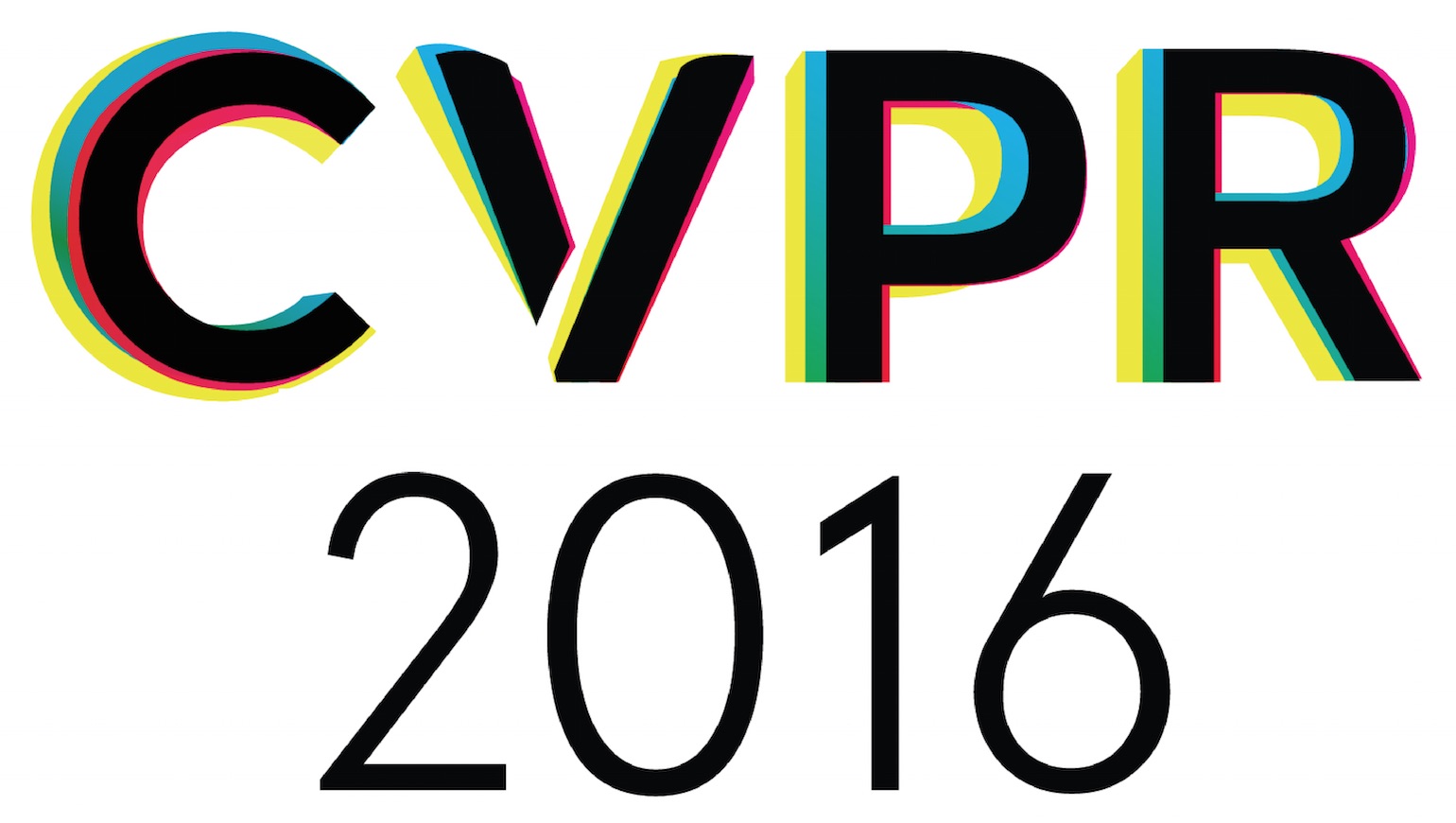-
Deep Canonical Time Warping
AbstractMachine learning algorithms for the analysis of time-series often depend on the assumption that the utilised data are temporally aligned. Any temporal discrepancies arising in the data is certain to lead to ill-generalisable models, which in turn fail to correctly capture the properties of the task at hand. The temporal alignment of time-series is thus a crucial challenge manifesting in a multitude of applications. Nevertheless, the vast majority of algorithms oriented towards the temporal alignment of time-series are applied directly on the observation space, or utilise simple linear projections. Thus, they fail to capture complex, hierarchical non-linear representations which may prove to be beneficial towards the task of temporal alignment, particularly when dealing with multi-modal data (e.g., aligning visual and acoustic information). To this end, we present the Deep Canonical Time Warping (DCTW), a method which automatically learns complex non-linear representations of multiple time-series, generated such that (i) they are highly correlated, and (ii) temporally in alignment. By means of experiments on four real datasets, we show that the representations learnt via the proposed DCTW significantly outperform state-of-the-art methods in temporal alignment, elegantly handling scenarios with highly heterogeneous features, such as the temporal alignment of acoustic and visual features.
Related Material
[pdf] [supp][bibtex]@InProceedings{Trigeorgis_2016_CVPR,
author = {Trigeorgis, George and Nicolaou, Mihalis A. and Zafeiriou, Stefanos and Schuller, Bjorn W.},
title = {Deep Canonical Time Warping},
booktitle = {Proceedings of the IEEE Conference on Computer Vision and Pattern Recognition (CVPR)},
month = {June},
year = {2016}
}
These CVPR 2016 papers are the Open Access versions, provided by the Computer Vision Foundation.
Except for the watermark, they are identical to the accepted versions; the final published version of the proceedings is available on IEEE Xplore.
Except for the watermark, they are identical to the accepted versions; the final published version of the proceedings is available on IEEE Xplore.
This material is presented to ensure timely dissemination of scholarly and technical work.
Copyright and all rights therein are retained by authors or by other copyright holders.
All persons copying this information are expected to adhere to the terms and constraints invoked by each author's copyright.

